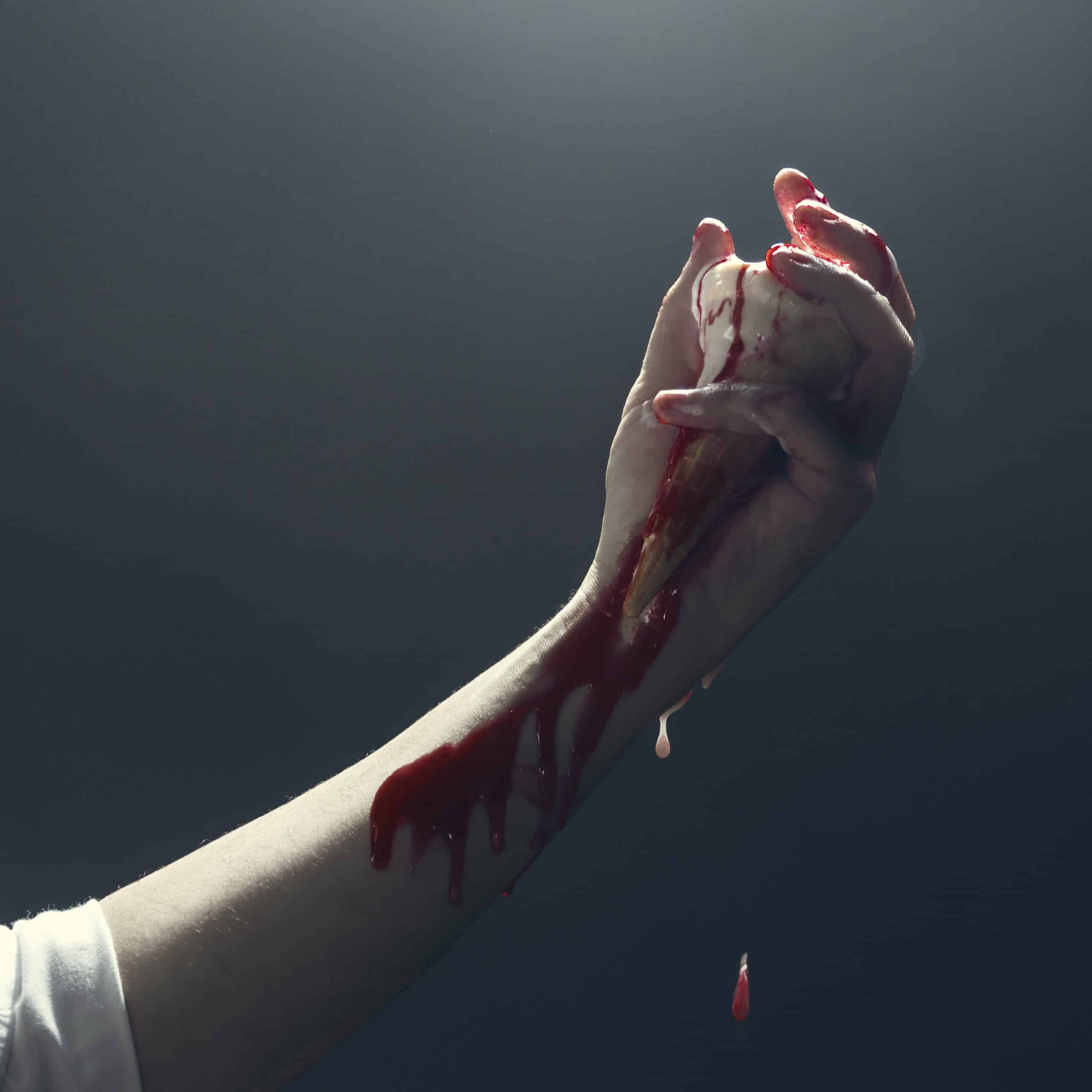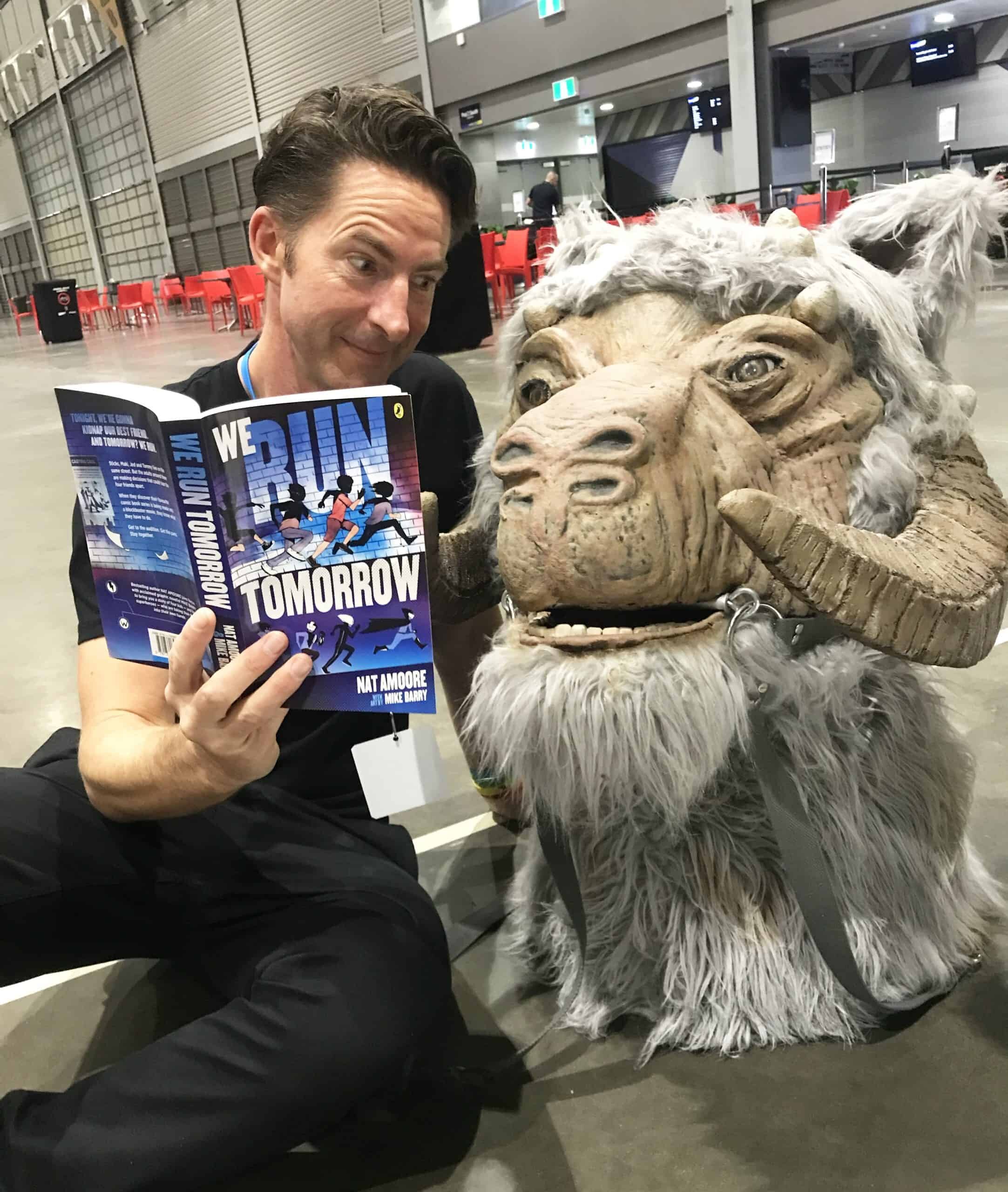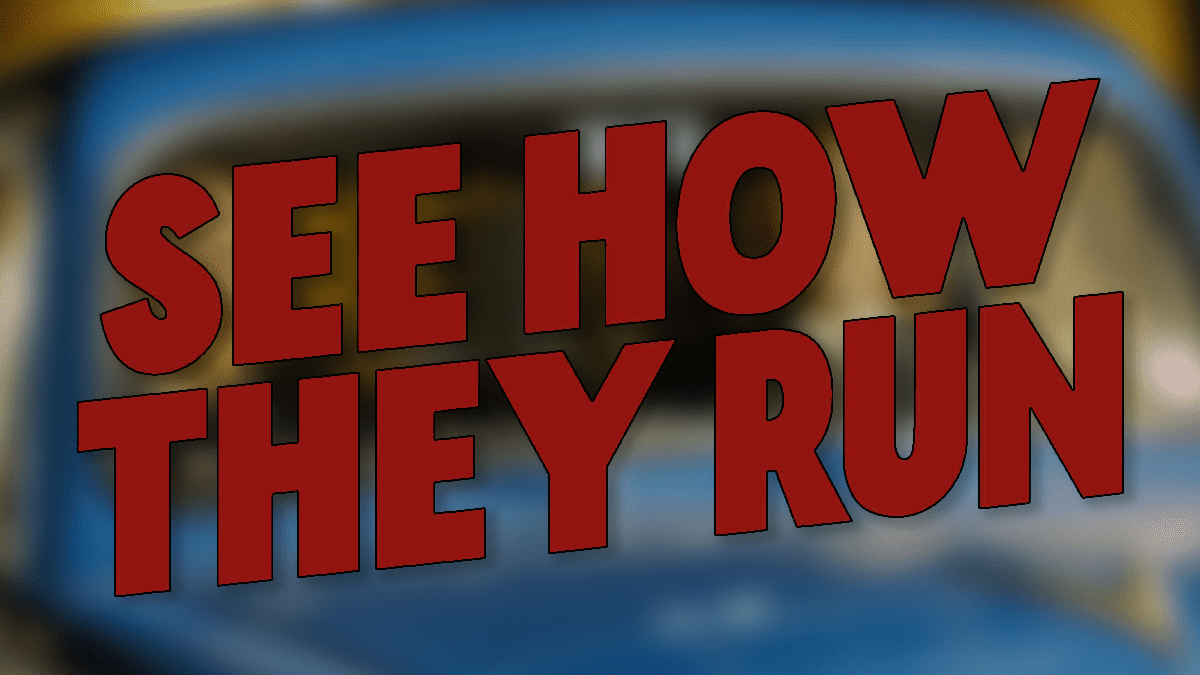It is the plight of any writer: crafting characters that resonate with audiences. Although a slew of superhero movies have explored the notion of a flawed hero and sympathetic villain, many of these projects have missed the mark, or have used mental illness and other struggles as a plot device or inappropriate tool to sway audiences. How do you create characters with depth, and do so in a way that does not tokenize mental illness?
Creating Characters with Depth
Although there is certainly no shortage of characters in film and television, truly compelling characters do seem to be few and far between. Some of this has to do with scripting and pacing, but much of it has to do with how the audience relates to the character in question, and how the character is written. Typically, when creating compelling characters, there are several factors that must be taken into account, but perhaps none is more important than motivation.
Mental health issues are often among the first avenues that are explored in both heroes and villains. Whether writers draw from their own brushes with mental illnesses and disorders or they are simply pulled from online diagnostic tools like those found on Mind Diagnostics is irrelevant, provided that the characterizations are relatable and draw empathy from the audience.

Motivation in Characterization: The Flawed Hero
Protagonists in film and media have undergone something of a transformation in the past few decades, shifting from shining examples of goodness or light, into more relatable characters with deep and sometimes unpleasant flaws. Allowing heroes to grapple with difficult questions and moral gray areas makes for a far more interesting characterization of heroism, because it more easily allows people to relate to characters and see themselves in the portrayal.
Motivation is essential to create a compelling hero who deals with flaws. A lead character who continually tears down his relationships, for instance, will not garner sympathy if his reasoning for damaging his relationships is simple selfishness. If, however, his seeming inability to get close to others comes from a long-held fear of abandonment or other childhood ailment, an audience is far more likely to forgive him his mistakes.

Motivation in Characterization: The Sympathetic Villain
In cinematic history, villains have been known to be one-dimensional. These villains are typically seen as being evil for the sake of being evil, rather than having a reasonable, or understandable motive behind their behavior. Some characters, like Heath Ledger’s Joker, have become infamous for their love of chaos. Others, like The Stylist’s Claire, commit unspeakable crimes, but have the sympathy and even devotion of the audience.
The rise of the sympathetic villain demonstrates a positive trend, in that it allows audiences to see villains as whole human beings, with their own fears and hopes, even if those fears and hopes are used to bring about destruction or pain to others. Sympathetic villains take the common dehumanization of villains out of the equation and effectively humanizes them, making the characters far more sympathetic to viewers, and the question of right and wrong far more difficult to distinguish.
Creating Characters with Depth: The Role of Mental Health
Although mental illnesses and disorders are not necessary to construct characters with depth, many recent character depictions have delved into the world of mental health to help identify some of the issues their characters face. In some pieces, the inclusion of mental health is well-done and well-received, as it allows audiences with disabilities to see their own experiences portrayed in the media and demonstrates a more realistic picture of diversity. In others, the use of mental illness as a plot device that poorly handles mental illness or equates mental illness with violence or danger garners significant criticism.
While mental health should never be used as a trope in media, including mental illness in all its forms can lend a realistic tone to a piece, and can more effectively bring a wider audience into a story.

Marie Miguel has been a writing and research expert for nearly a decade, covering a variety of health- related topics. Currently, she is contributing to the expansion and growth of a free online mental health resource with MyTherapist.com. With an interest and dedication to addressing stigmas associated with mental health, she continues to specifically target subjects related to anxiety and depression.
Want more Pop Culture Articles?
RELATED ARTICLES:
1. How Film, TV, Music, Reading, and Art Can Strengthen Mental Health
2. 31 Anime Characters with Red Hair
3. 69 Best Data Quotes from Star Trek TNG and the Star Trek Movies
4. 25 Sinister Lex Luthor Quotes from the Mouth of Gene Hackman







